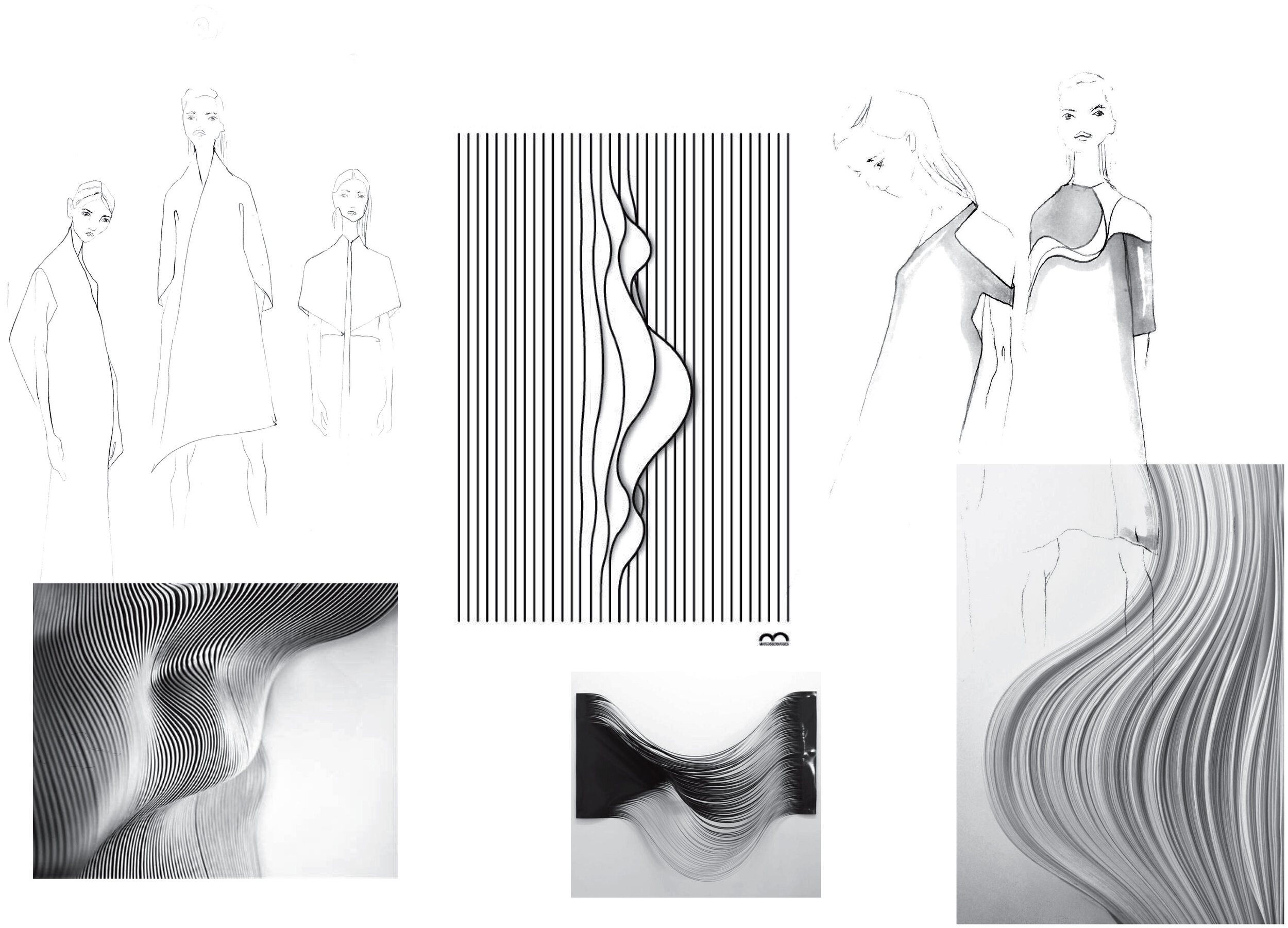In Collaboration with Microsoft Research
Seamlessly integrated displays shaped around us.
The Autonomous Pixel Displays Research project presents a new screen architecture that removes the fragile grid topology and flat rectangular shape of contemporary digital displays. Instead, every pixel has its own sensing and signal processing capabilities built in, and acts with a certain level of independence. This new approach to addressing pixels supports new display form factors and use cases.
Enabling displays as materials
Without the constraints of strict pixel layout, Autonomous Pixel displays can be cut, folded or formed into any shape. This enables crafting processes that are more like the manipulation of physical materials such as fabric or plastic.
Potential Future Applications
As a material, Autonomous Pixel displays can disrupt the way we currently approach the design of digital screens, enabling adoption for a multitude of applications and by a variety of industries.
Transforming fashion
Without the limits of flat and rigid rectangles, Autonomous Pixel displays can be combined with other materials including textiles in the creation of configurable clothing. They invite creative and performative uses that enable new ways of expressiveness for the fashion industry, transforming the way we think about what we wear.
The following video created in collaboration with Rhiannon Wakefield and Oksana Anilionyte from the Royal College of Art illustrates our vision to create displays that shape around us and our needs and adapt to the environment around us.




